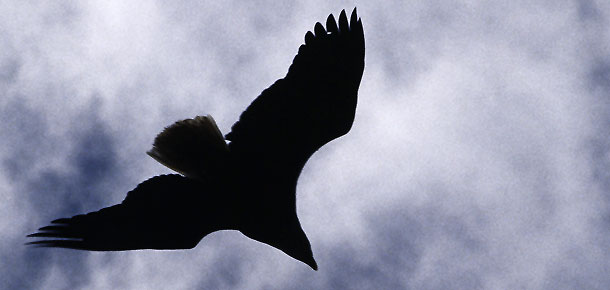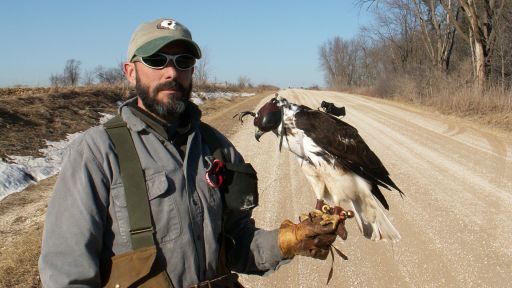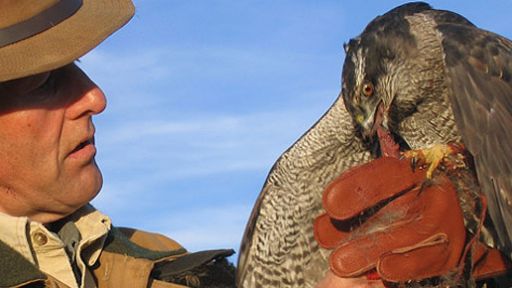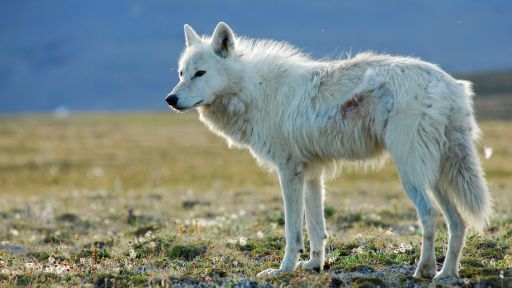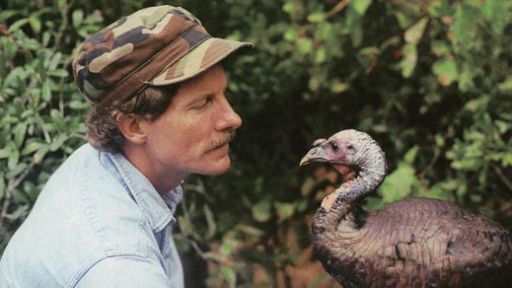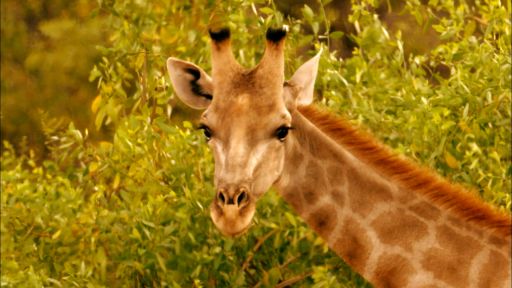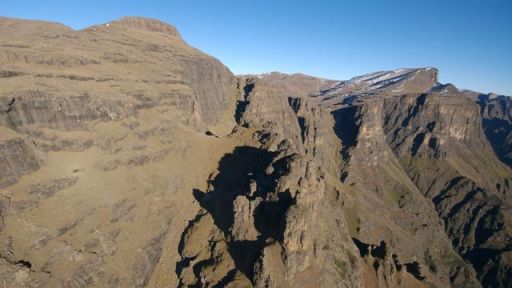Raptors are among nature’s most extreme aerialists — swift, stealthy, and agile killing machines. Are they the most nimble? Perhaps not. “You’d have to rate a hummingbird higher on maneuverability,” says Al Bowers, Deputy Director for Research at NASA’s Dryden Flight Research Center, located in California’s Mojave Desert.
What raptors can do best, however, is soar.
Raptors have perfected the art of soaring to reduce the amount of energy they expend during their search for food on the fly. “They take advantage of the natural atmosphere and the benefits of updraft,” says Bowers. For example, air currents rising up the side of a mountain, tall buildings and even trees create updrafts that birds can ride for extra altitude. The technique is called ridge lift or slope soaring. Raptors and other birds also use two common techniques known as thermal soaring and dynamic soaring.
Thermal soaring, which was discovered in the late 1920s, is perhaps the most familiar to the casual observer. If you’ve ever seen a swirling vortex of trash on a hot, summer afternoon, or a dust devil sprinting across a field, you’ve witnessed the physical basis of thermal soaring: a hot, ascending column of air. It happens when the sun heats the earth and the air above it. This creates a warm layer of air near the surface, “and because of the differential in temperature between warm air and the surrounding air, it starts to rise. Birds, and sail planes and gliders, can take advantage of this rising column of air,” Bowers says, and climb several hundred meters without expending any energy.
Although radio-controlled glider pilots didn’t observe the phenomenon until the mid-1990s, the concept of dynamic soaring actually dates back to the 1880s, when it was proposed by the physicist Lord Rayleigh (who won the 1904 Nobel Prize in Physics for discovering the element argon). “He was watching the flight of birds and he figured out that birds could take advantage of gusts of wind,” explains Bowers. “He reasoned that as a stronger gust would hit a bird, the bird would see that as an increase in the amount of energy that it had and could convert that energy into an increase in altitude.” Because the air is so turbulent close to the earth, with many gusts of wind, many birds — raptors in particular — can take advantage of this effect and soar. The trick is for the birds to fly downwind, in a descent, then to turn quickly into a wind gust and start to climb. The bird’s speed drops from the force of the wind, but as the air flows rapidly air over the top of the bird’s wings it creates a velocity gradient, and, therefore, lift; the bird is buffeted upward. “I’ve watched turkey vultures do this,” Bowers says. “They fly upwind into a stiff breeze without flapping their wings at all, fairly close to the ground, and they don’t lose altitude. They can go for miles just bouncing back and forth on these gusts and pulling up just a little bit every time they get hit by one.”

